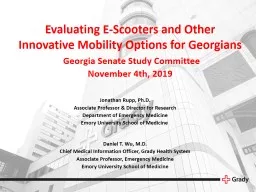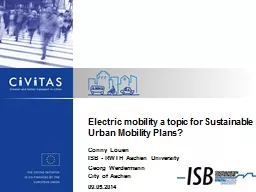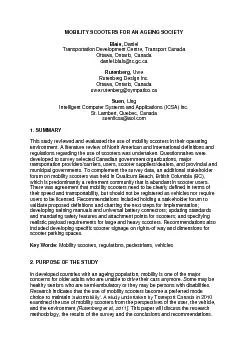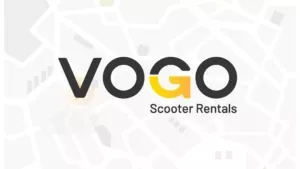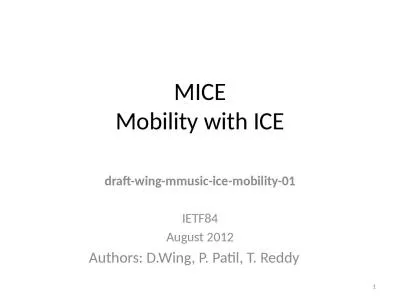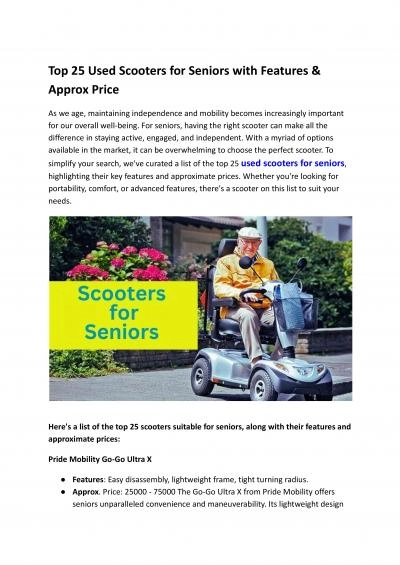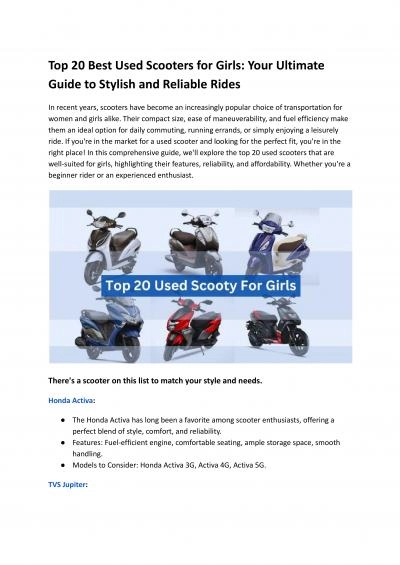PPT-Evaluating E-Scooters and Other Innovative Mobility Options for Georgians
Author : briana-ranney | Published Date : 2020-01-03
Evaluating EScooters and Other Innovative Mobility Options for Georgians Georgia Senate Study Committee November 4th 2019 Jonathan Rupp PhD Associate Professor amp
Presentation Embed Code
Download Presentation
Download Presentation The PPT/PDF document "Evaluating E-Scooters and Other Innovati..." is the property of its rightful owner. Permission is granted to download and print the materials on this website for personal, non-commercial use only, and to display it on your personal computer provided you do not modify the materials and that you retain all copyright notices contained in the materials. By downloading content from our website, you accept the terms of this agreement.
Evaluating E-Scooters and Other Innovative Mobility Options for Georgians: Transcript
Download Rules Of Document
"Evaluating E-Scooters and Other Innovative Mobility Options for Georgians"The content belongs to its owner. You may download and print it for personal use, without modification, and keep all copyright notices. By downloading, you agree to these terms.
Related Documents

